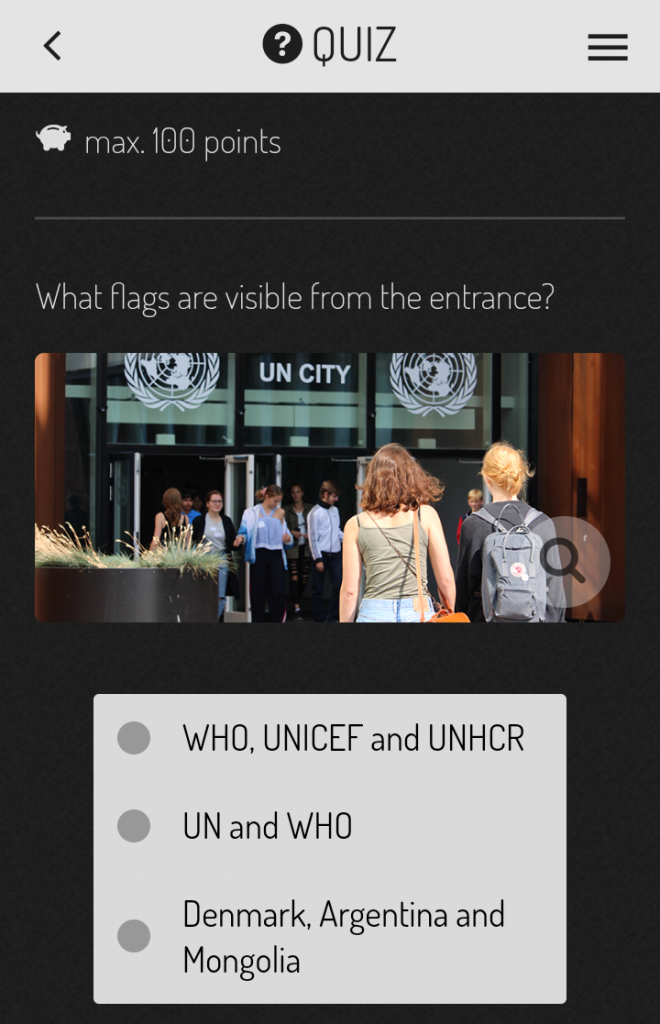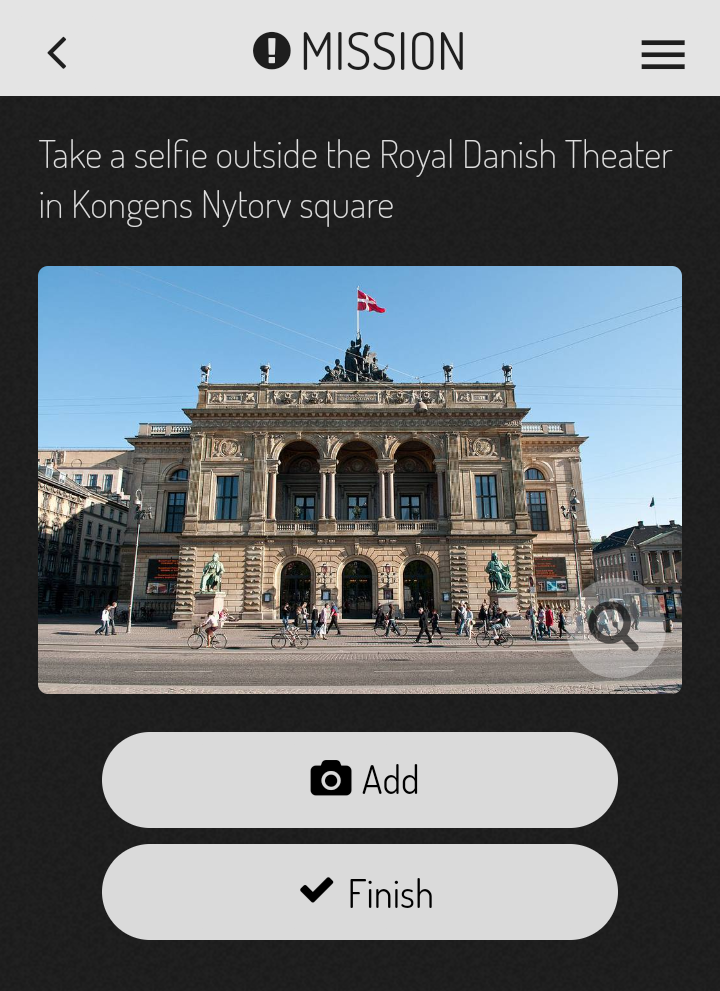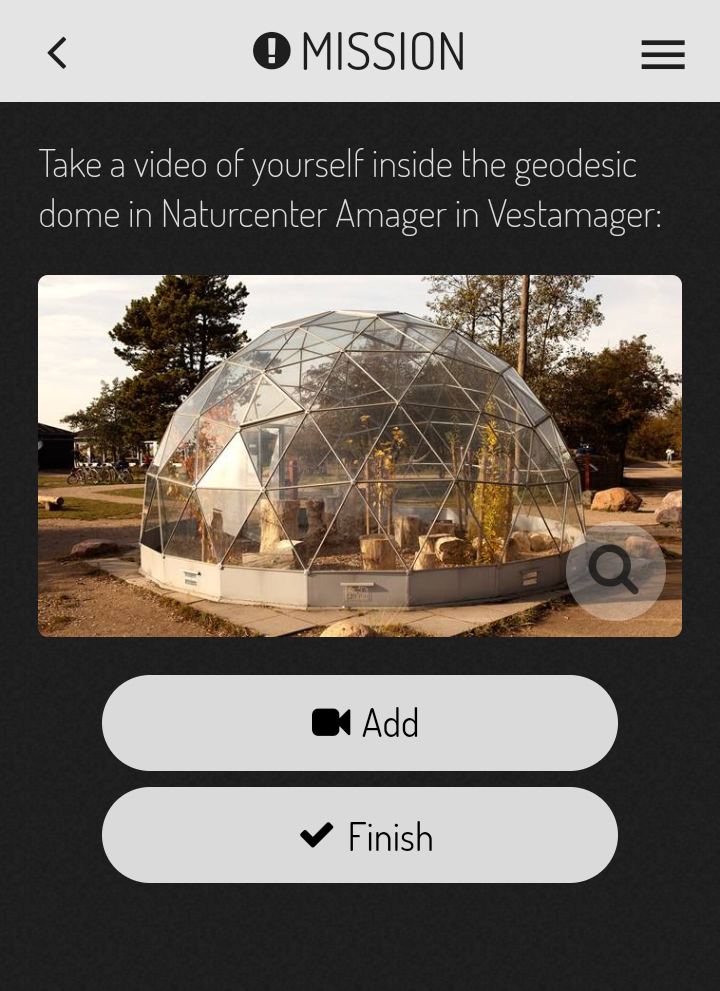A smart city like Songdo screams potential from every angle and perspective. Processes like interactivity and automation through digitalization can improve the daily lives of a city’s inhabitants as they can reduce stress caused by everyday frictions (easy commutes to work), promote diversity (embedding technologies in the city to support people with sight loss) facilitating access to participation and citizenship (through quick and efficient e-government and the use of data for decision-making) and perhaps most relevant in the context of the Agenda 2030, provide the tools for sustainable development (greener approach to waste management). However, according to these articles in the BBC and Le Monde this particular case study of the Korean city of Songdo seems to be more of a lesson learned on how not to conceptualize and develop smart cities.
Every aspect described above that seemed to make Songdo appealing has not effectively materialized as initially planned for this 40 billion dollar city, and furthermore, these aspects of digitalization are not as straightforward as they seem to be. Is Songdo reason for existing only based on embracing technology for technology’s sake? Is the digitalization of a city like Songdo just intended to improve mundane aspects of our lives or are there ulterior implications that affect our citizenship rights and responsibilities?
As insightful as these articles may be, according to various authors in Our Digital Rights to the City and The Spectrum of Control: A Social Theory of the Smart City, there is much more to read and interpret from them than initially meets the eye.
Before diving into the issue of data which is prevalent in this week’s readings, let’s look into some interesting concepts brought to our attention in the news articles, and link them to the readings mentioned above.
Songdo is what Sadowski (The spectrum of control) calls a smart city built from scratch. In this case, a smart city where intelligence is not fostered or collected from its inhabitants but from the digital hardware that make up the Internet of Things. As described by the BBC “And that’s because the city is currently less than half full; less than 20% of the commercial office space is occupied, and the streets, cafes and shopping centres still feel largely empty”.
Going back to last week’s reading on Townsend, “We need to empower ourselves to build future cities organically, from the bottom up, and do it in time to save ourselves from climate change.” (Townsend, page 18)
What Townsend is saying might be easier applied in the case of cities that are retrofitted and renovated from dumb to smart. This is not the case in this city built from scratch where there is no citizenry to begin with. One may argue that faced with the shocking statistics presented by the UN on the exponential growth of cities, countries like Korea are facing this issue head-on, and in a sustainable way, by addressing needs of the present without compromising the ability of future generations to meet their own needs (Brundtwald Report). All of this achieved through the development of green housing and infrastructure.
Sustainability, however, encompasses much more than green development as defined above. This complex and rich concept includes social aspects such as diversity and gender. However, as described in Le Monde, “Sterile and soul-less, the city looks different from Korean cities. There are no poor people, no street vendors, no old people.” This sterility embodies not only the absence of people but for those who have decided to call Songdo their home, the lack of diversity which sets the stage for a city that might not be sustainable in the long run for a more varied type of citizenry.
The lack of means of transportation to and from the city are also a concern from a sustainability point of view. As referenced in the BBC article, “Despite being next to South Korea’s main international airport, transport links into the capital itself are rudimentary, and the incentives for companies moving to a new smart city don’t always outweigh the costs.” How is the city expected to grow and to serve the needs of current and future generations if it is being developed without these considerations?
Even with regards to green infrastructure, the city of Songdo does not seem to tackle that issue very smartly, as mentioned in Le Monde, “The buildings are totally transparent and it is impossible to open the windows”. “In summer and winter the air conditioning is on all the time. I wonder if I don’t use more than before”. She herself had not seen the link between smart city and environment.”
The articles describe a city booming with technological innovation, a digital landscape almost devoid of people. The city’s infrastructure has developed quicker than the actual need and appeal to move to the city, as well as the surrounding infrastructures such as means of transport that connect Songdo to Seoul. Especially in Le Monde’s description, it is an engineers dream of a modern and futuristic city, but ultimately lacking the ability to enable interactions between people and things.
An article in Datafloq further describes the big data capabilities of Songdo and the promises it intends to deliver. According to the article, surveillance and traffic control are obvious reasons behind data monitoring, but Songdo aims for more. Climate, energy consumption, leisure activities and water consumption will be monitored by data capturing systems. These systems feed off of people and their activities, habits, actions. Companies might understandably not feel compelled to move their operations to Songdo, especially considering the promises of surveillance and data monitoring are not quite appealing in a city with a population less than half of the originally intended.
According to Le Monde: “Songdo is also a town under constant surveillance: 500 cameras ensure total grid coverage to regulate the traffic or detect ‘suspicious’ behaviour. Even the opening of a sewer cover is immediately notified to the IFEZ management centre in one of the towers in Songdo. “We work in close collaboration with the police, but the data are not kept for more than thirty days”.
This last comment regarding data used for policing ties strongly to Sadowski’s section on The hard power of policing technologies. Smart cities are relying in technology and big data with the excuse of using non-violent means for crowd control and ensuring the safety of their citizens. But “technological means threaten to even prevent crowds from forming in the first place, thus moving from reactionary to prophylactic strategies.” (Sadowski, The Spectrum of Control). The use of big data to justify decisions without context or knowledge of historical patterns or trends might result in dangerous and unjust rulings and also go against a citizen’s basic right to assemble and protest.
The infrastructure in Songdo is laid out for data collection in every front, however, the issue of consent is a prevalent one in discussions regarding the use of big data by governments and organizations. Sadowski warns future architects of smart cities “without consistent citizen consultation and serious penalties for misuse of data, their apparatus of omniveillance could easily do more harm than good.” But even before addressing the issue of consent, when building a city from scratch like Sondgo, government officials, town planners and engineers should keep in mind that every city requires its citizenry to exist. Cities require people’s empowerment and participation to make the city before making the data. As Sadowski says “We make the city, and the city makes us. In a time when the urban environment is crisscrossed, undergirded, and overlaid with digitality, the corollary is: We make data, and data makes us. We thus have—and must claim hold of—“the right to command the whole urban process.” (Sadowski, page 10-11)
Shelton continues this line of thought by referring to a process of knowledge production within cities that start from the ground up: “In order to attain the right to both participation in, and appropriation of, the city, citizens must be free to understand the city and construct their own knowledges and representations of it.” (Shelton, page 27)
Participation and community engagement are also building blocks of sustainability, and in the world we are living in with a growing population and unprecedented development, the digitaliization of cities, either from the ground up or as a transition from dumb to smart, should take these perspectives into consideration.
References:
Sadowski, J (2017) ‘Access denied: Snapshorts of exclusion and enforcement in the smart city’ in Shaw, J and Graham, M. ed. Our Digital rights to the city, pp 6-11. Meatspace Press [Free access, available to download, read online or self print]
Sadowski, J. and Pasquale, F. (2015). The Spectrum of Control: A Social Theory of the Smart City.’ First Monday 20(7): Available at URL: http://firstmonday.org/article/view/5903/4660
Shaw, J and Graham, M (2017) ‘An informational Right to the City?’ in Shaw, J and Graham, M. ed. Our Digital rights to the city, pp. 1-5. Meatspace Press [Free access, available to download, read online or self print]
Shelton, T (2017) ‘Repoliticizing data, in Shaw, J and Graham, M. ed. Our Digital rights to the city, pp 24-27. Meatspace Press [Free access, available to download, read online or self print]
Townsend, A.M., 2013. Smart Cities, New York: W. W. Norton & Company. xi-18.
BBC 2013 Tomorrow’s cities. Just how smart is Songdo? (2/9/13) http://www.bbc.co.uk/news/technology-23757738
Le Monde 2017 Songdo, a city for the affluent http://www.lemonde.fr/smart-cities/article/2017/05/29/songdo-ghetto-for-the-affluent_5135650_4811534.html
The Smart City Of The Future Will Bring Big Data To A New Level https://datafloq.com/read/smart-city-future-bring-big-data-level/183
Report of the World Commission on Environment and Development Our Common Future http://www.exteriores.gob.es/Portal/es/PoliticaExteriorCooperacion/Desarrollosostenible/Documents/Informe%20Brundtland%20(En%20ingl%C3%A9s).pdf





















